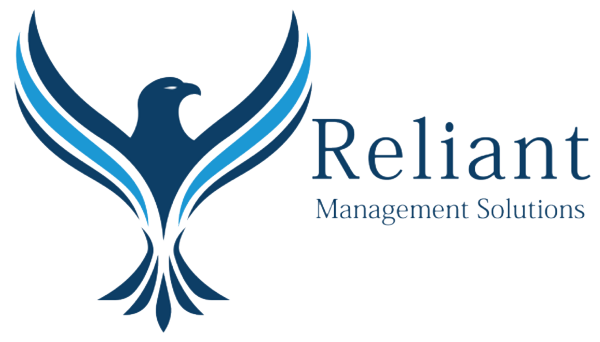Credit cards have become an integral part of modern financial transactions, offering convenience and flexibility. However, the benefits come with associated costs that might not always be apparent at first glance. In this blog post, we’ll delve into the various expenses associated with credit cards, helping you understand how much using a credit card can truly cost.
1. Annual Fees:
Many credit cards come with annual fees, a flat amount you pay each year for the privilege of using the card. The fees can vary widely, ranging from no annual fee to several hundred dollars for premium cards with enhanced benefits.
2. Interest Charges:
Interest is one of the most significant costs associated with credit cards. If you carry a balance from month to month, you’ll be charged interest on the remaining balance. The interest rate, often expressed as an annual percentage rate (APR), varies based on your creditworthiness and the type of card.
3. Late Payment Fees:
Failing to make your credit card payment on time can result in late payment fees. These fees can add up quickly and impact your overall financial health. Setting up reminders or automatic payments can help you avoid these charges.
4. Cash Advance Fees:
When you use your credit card to get cash, either from an ATM or through a cash advance transaction, you’ll likely incur cash advance fees. Additionally, interest on cash advances tends to be higher and starts accruing immediately.
5. Balance Transfer Fees:
If you transfer a balance from one credit card to another, the new card may charge a balance transfer fee. While this fee can be a percentage of the transferred amount, some cards offer promotional periods with reduced or waived fees.
6. Foreign Transaction Fees:
Making purchases in a foreign currency can result in foreign transaction fees. These fees are typically a percentage of the transaction amount and can add up, especially if you frequently travel internationally.
7. Over-the-Limit Fees:
While it’s becoming less common, some credit cards may charge over-the-limit fees if you exceed your credit limit. However, regulations often require card issuers to get your consent before allowing transactions that would put you over the limit.
8. Annual Percentage Rate (APR):
The APR represents the annual cost of borrowing on your credit card, including interest and fees. It’s crucial to understand the APR, as it directly influences the amount of interest you’ll pay on any outstanding balances.
9. Credit Insurance:
Some credit cards may offer optional credit insurance to cover your payments in case of job loss, disability, or death. While it provides a safety net, this insurance comes with additional costs that should be carefully considered.
10. Rewards Program Costs:
While credit card rewards can be enticing, cards with rewards programs often come with higher annual fees and interest rates. Consider whether the rewards justify the associated costs based on your spending habits and financial goals.
Conclusion:
Understanding the full spectrum of costs associated with credit cards is essential for making informed financial decisions. While credit cards offer convenience and benefits, managing these costs effectively involves careful consideration of your spending habits, the terms of your card agreement, and your overall financial goals. By staying informed and using credit responsibly, you can navigate the financial landscape and make the most of your credit card experience.






Recent Comments